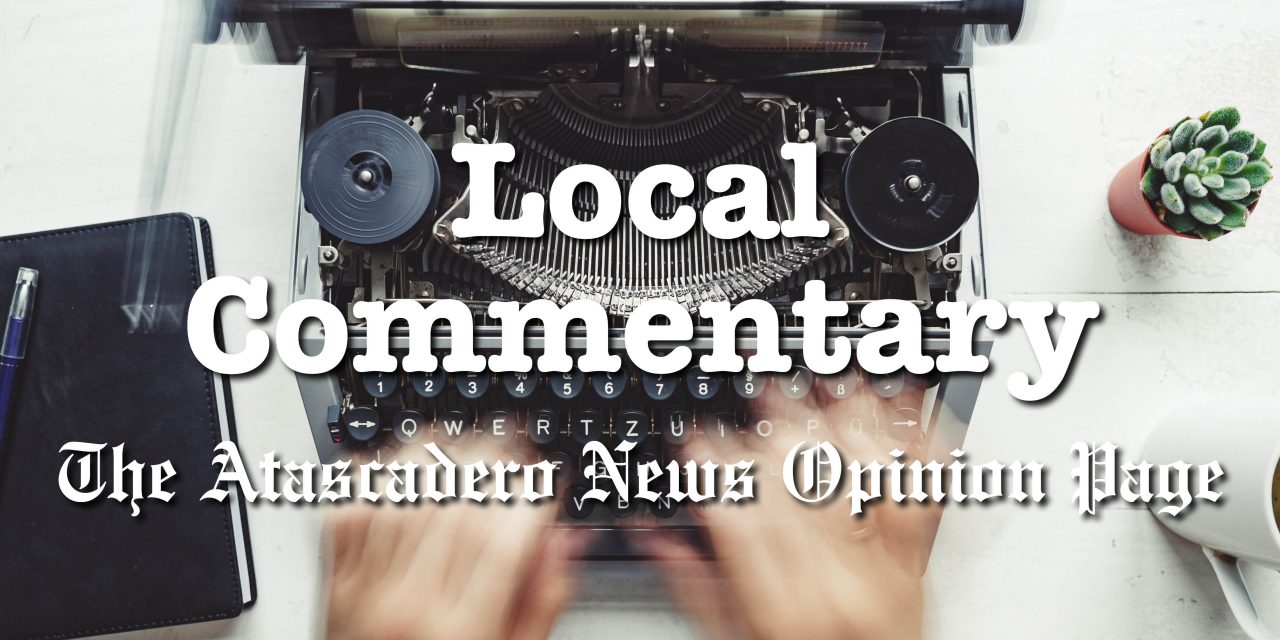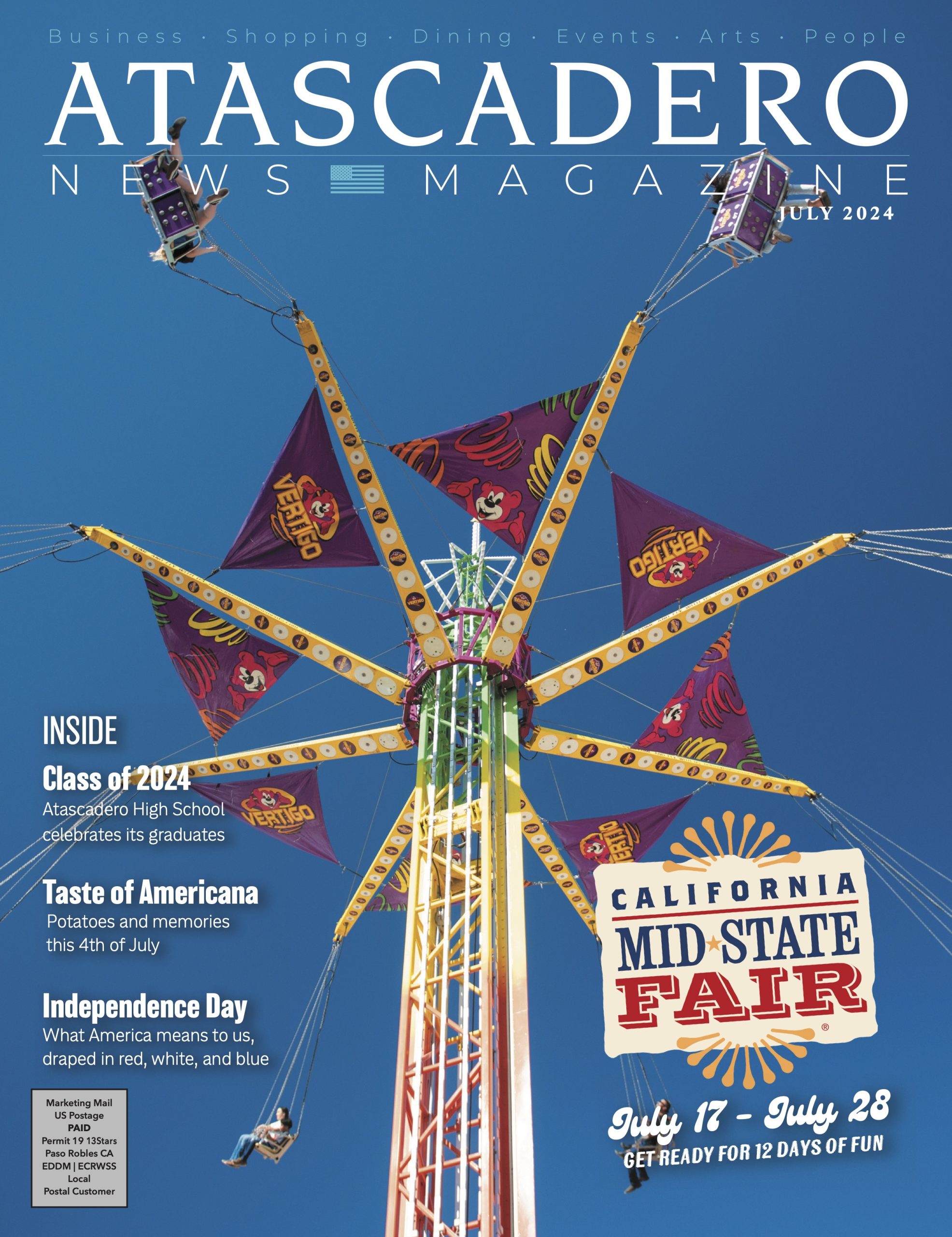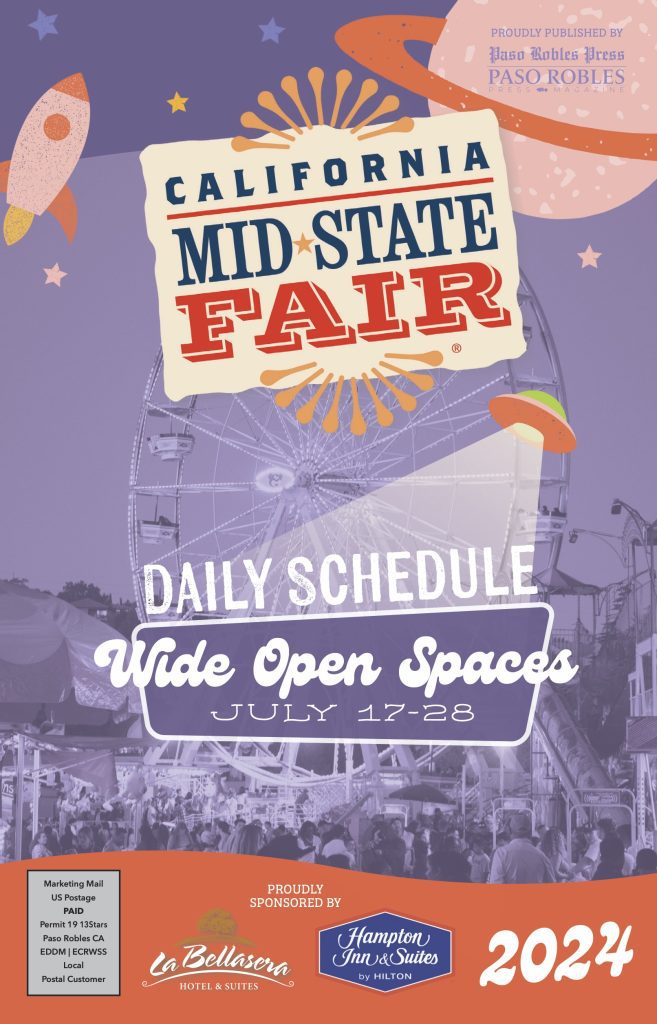By Mark Tomes
As we witness protests across the country, a small minority of them have turned violent. Much of the violence can be attributed to the unleashing of pent up anger by people tired of the discrimination, terrorizing, and violence toward blacks in our country. President Donald Trump’s and U.S. Attorney General William Barr’s approach has been to call for a return to “law and order” and if it does not occur, they advocate a willingness to use heavy policing and military force on protesters. On its surface, law and order sounds like a good idea. Without it, society is disrupted, businesses can’t operate, some lose their buildings and inventories, and lives are lost.

But “law and order” has a storied past that should be examined for its dog-whistle signaling to both whites and people of color. It started in the 1960s when scores of civil rights protests turned violent. Many governmental and private entities looked closely at the root causes of these protests, and most concurred that rampant discrimination and blatant injustices toward blacks in every segment of society fueled an underlying anger and resentment just waiting to burst out. These reports recommended major changes in legal, occupational, educational, law enforcement, academic, and other arenas of society to address long-standing racial injustices. But instead, President Johnson set a different agenda: the War on Crime, ostensibly to help restore “law and order.”
But what is “law and order”? The “law” part of “law and order” means different things to different people. There was a time when laws allowed the enslavement of black people, the prohibition to teach a black person to read or write, the ability to limit voting opportunities to people of color (which still is occurring), to prohibit blacks from staying in towns after sunset, to prohibit blacks from buying houses in certain neighborhoods, and even made it illegal to be unemployed (used by white Southerners after the Civil War to put blacks in jail and then, consequently, to put them back into the cotton fields via contract labor).
Today there are laws — those that use property taxes to fund school districts — that ensure that wealthy neighborhoods (more often populated by whites) receive much more school funding than poorer neighborhoods (more often populated by blacks). There are laws that, in effect, ensure that polluting factories are built closer to black neighborhoods than to white neighborhoods.
In every segment of society in this country, there are laws that hurt blacks more discriminately than whites or that favor whites over blacks. Add to this the brutality that “the law” (police forces) routinely perpetrates on blacks, and one can see how the word means very different things to a black person than to a white person. To the former, is it generations of discrimination, prejudice, terrorizing, an anathema; to the latter, it is access, protection, privilege, and a godsend.
Let’s turn to the second word of the phrase of “law and order,” the word, “order.” Again, the meaning can have very different connotations for whites or for blacks. Order can mean stability, a status quo, a return to the way things “ought to be.” It often means “don’t rock the boat,” work within the system, and incremental change is better than no change at all.
For some, “order” means maintaining the societal hierarchy that ensures the privileges and advantages of being white, privileges, and advantages that many, perhaps most, white people do not even realize they have. It is a system that resists change, that allows injustices to occur under the guise of “at least things are better than they were” (better than when? a hundred years ago? in enslavement times?). “Order” might mean for a black person to bottle up his frustrations, to kiss up to the boss and to the authorities, playing the game because it is better than getting fired from a job, going to jail, getting a criminal record, or getting killed.
Until it is just too much to keep inside. Another senseless, racist killing and “order” means it is time to challenge the existing order on a level that will get people’s attention.
President Trump is not ignorant about these shades of meaning when he uses “law and order” in his tweets and speeches. He knows it sends a clear signal to his white base and for all blacks to hear that he is ready to punish those that would dare to challenge the existing order. His use of terms like “extreme military force” and the use of “vicious dogs” on protesters tells blacks to back off, or he will come down hard on them, just like in slavery times.
Trump uses language meant to increase the fear of both blacks and whites, knowing that people will not act rationally when afraid. He hopes that whites will turn to a reassuring and resolute leader (himself) and that blacks and other people of conscience will lose their willingness to pursue social justice issues publicly, forcefully, and unwaveringly. I stand with the latter to speak out loudly for laws and an order that are just and equitable.














